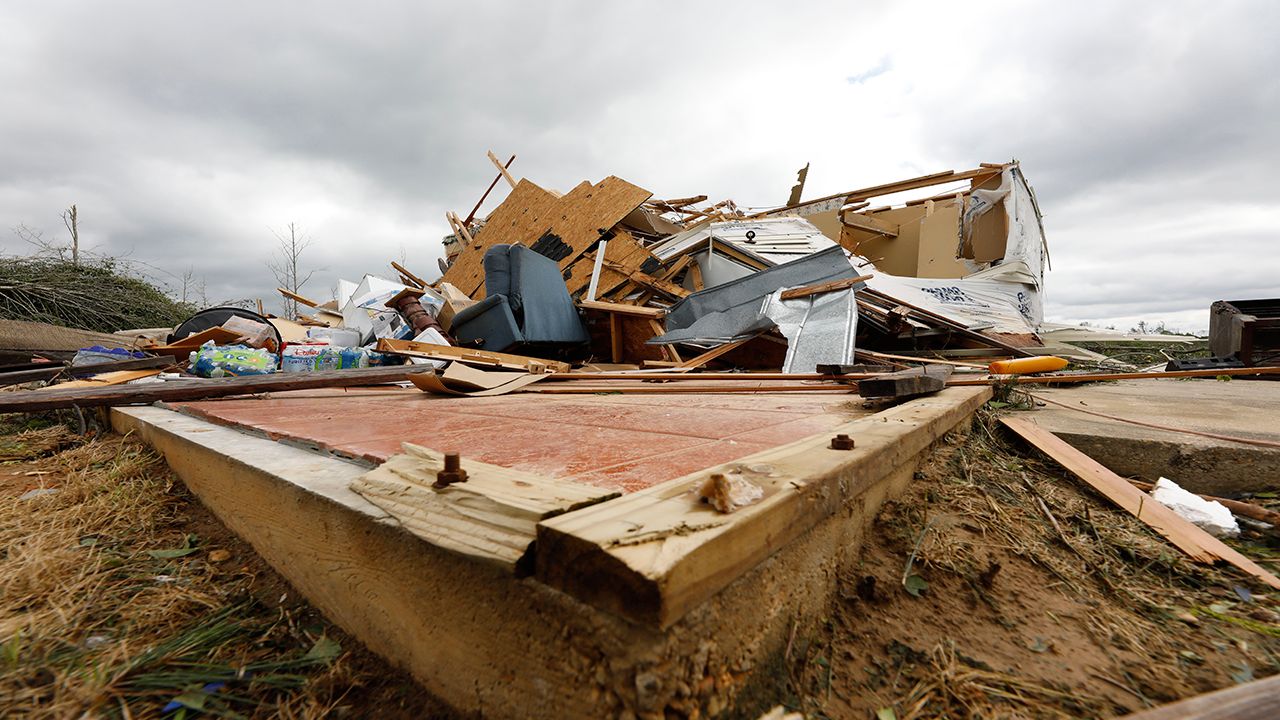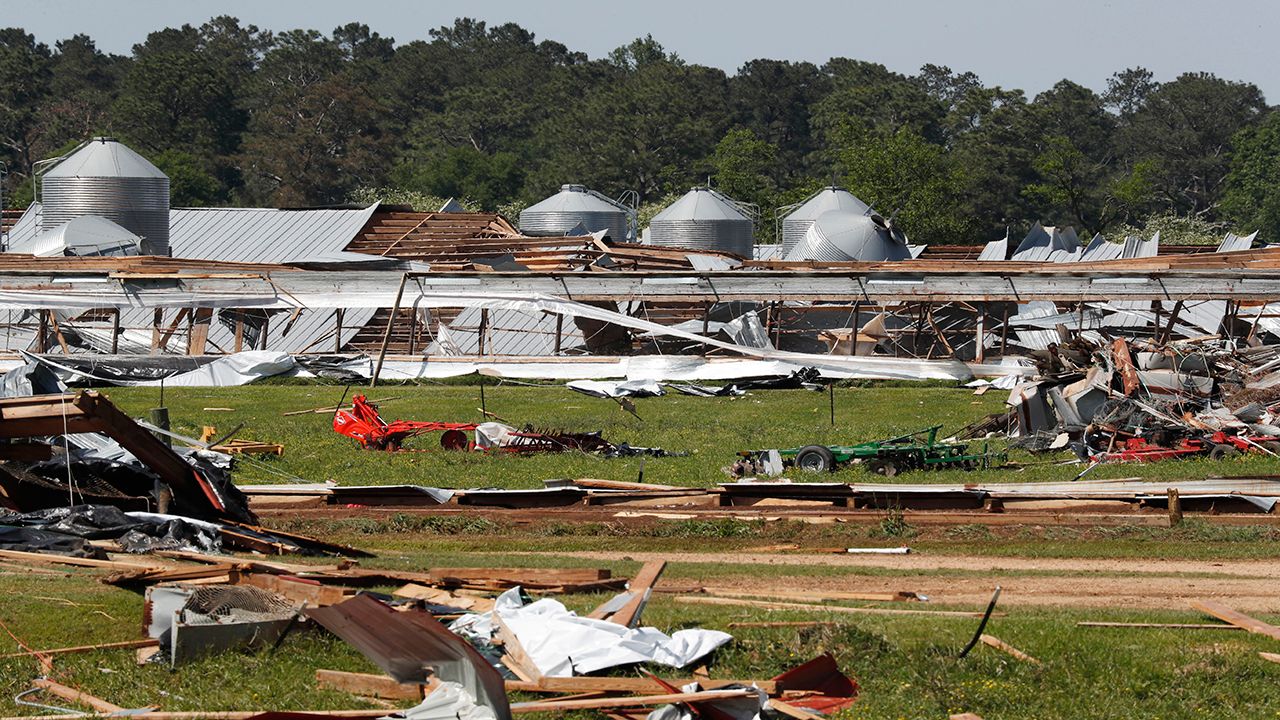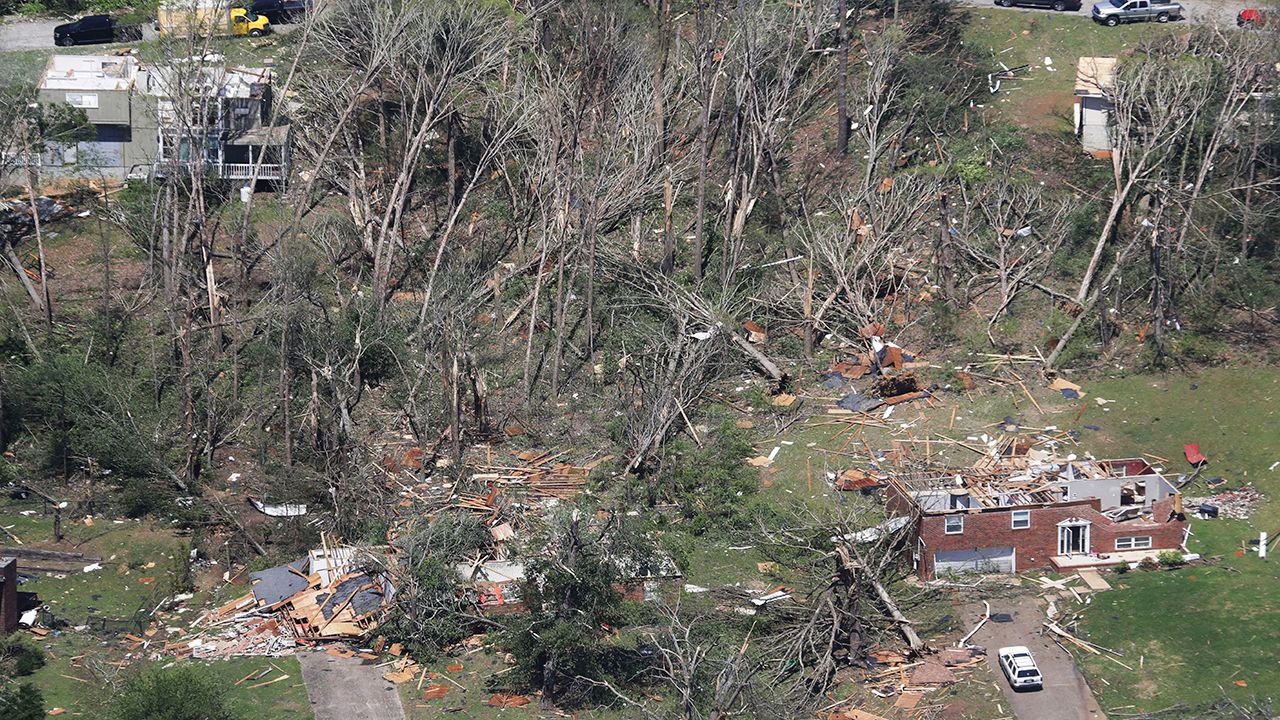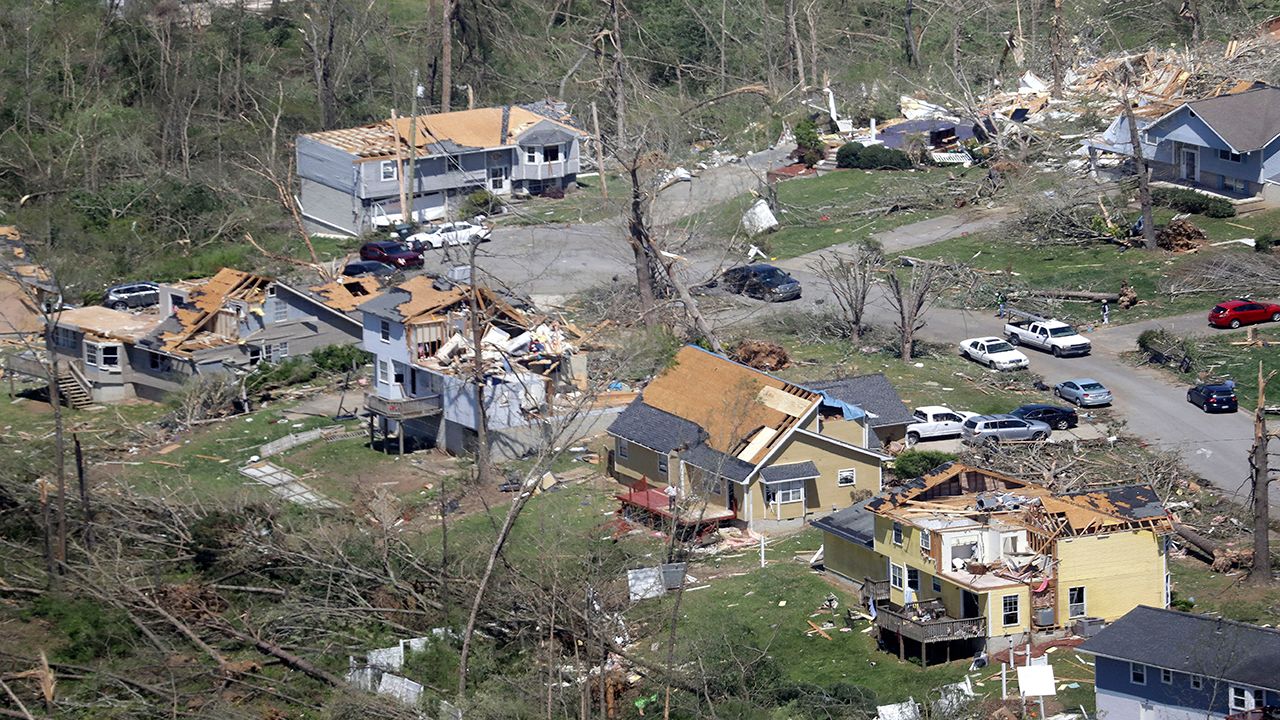On Easter Sunday, conditions set up perfectly for one of the most deadly severe weather outbreaks of 2020.
High pressure sitting over the southeastern U.S. led to the Southeast and Gulf of Mexico warming greatly through March and April. This warming also helped bring in moist air from the Gulf.
Closer towards the outbreak, a cold front made its way across the U.S., colliding with the warm, moist air in the Southeast and sparking up the severe event.
This led to large hail, damaging winds, and over 140 tornadoes.
Three days before the event, the National Weather Service placed an enhanced to moderate risk of severe weather over parts of the Southeast. These risks stayed in place up until the day of the event.
The storms first sparked up along a dry line in central and eastern Texas on Sunday morning. Several tornadoes formed, but they did little damage. Convection and strong wind shear were isolated across Texas but soon began to spread across the Southeast.
During the late morning to evening hours, strong storms moved across northern Louisiana and southern Mississippi. An EF3 tornado spawned near Monroe, Louisiana and did a lot of damage to numerous buildings and homes.

Strong wind shear and very warm air ahead of the front led to a highly unstable environment by the evening and called for the NWS to issue a PDS tornado watch, which stands for a particularly dangerous situation.
Two EF4 tornadoes formed in southern Mississippi, one near Bassfield and the other near Topeka. The one near Bassfield had peak winds of 190 mph and tracked 68 miles.
The tornado near Topeka had peak winds of 150 mph. Both tornadoes did extensive damage, leveling homes and uprooting most trees in their paths.

The storms moved into Alabama, Georgia, and Tennessee during the overnight hours. A strong EF2 tornado formed in southern GA near Chatsworth, killing eight people, and an EF3 tornado killed two people in Chattanooga, Tennessee.

In the early morning hours of April 13, the storms shifted into eastern Georgia and South Carolina, producing several strong tornadoes. Two EF3 tornadoes formed in South Carolina, one of which killed one person and did major damage in Seneca. The second EF3 killed two people northeast of Elko.
Another EF4 spawned in South Carolina, near Estill and Nixville, and killed five people.
The storms continued up the East Coast, eventually dying down once they reached Maryland.
Overall, the National Weather Service confirmed over 140 tornadoes and 600 damaging wind reports. The total cost of damage topped out near $3 billion.
Unfortunately, the event claimed 38 lives, and many people were displaced from their homes.
Tomorrow, we'll continue our countdown and look at the third-biggest story in this year's top-five weather stories from 2020. In the meantime, check out #5 on our list, the deadly March overnight tornadoes in Tennessee.



